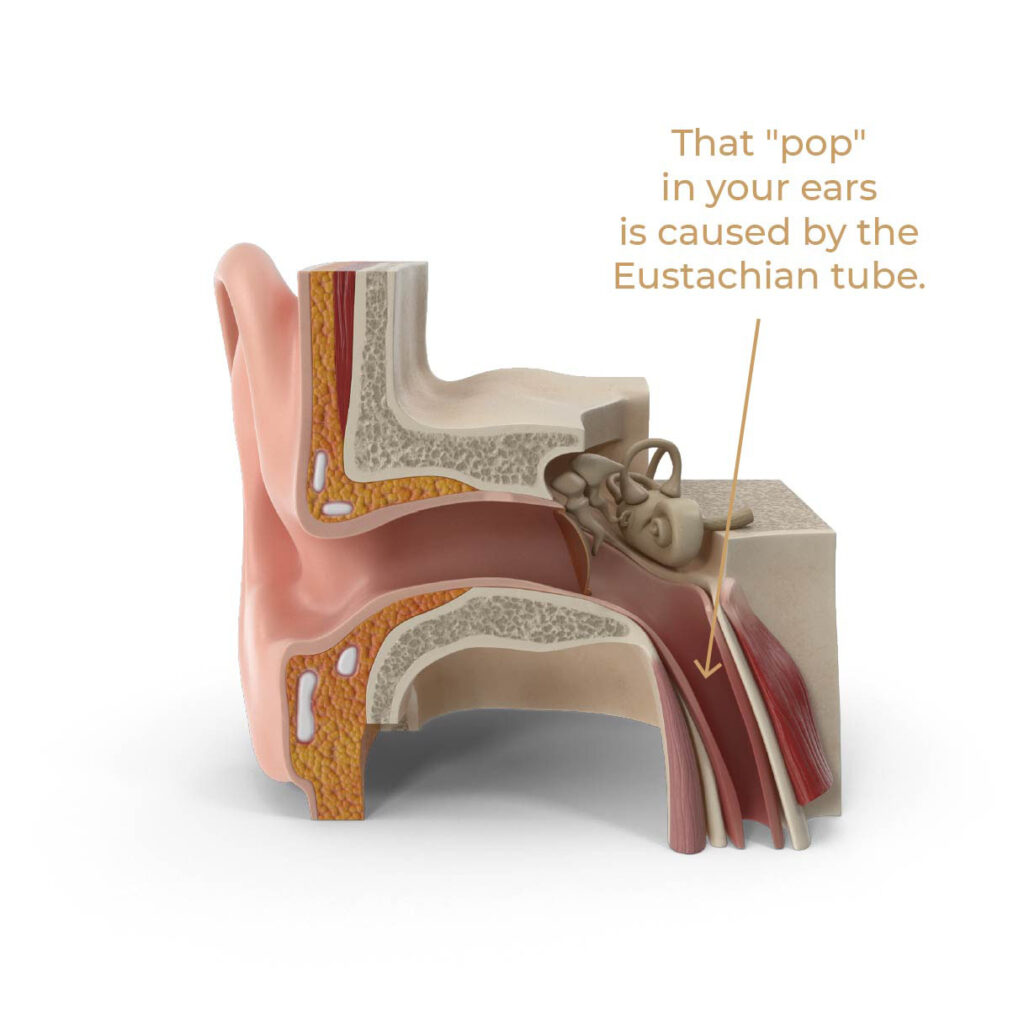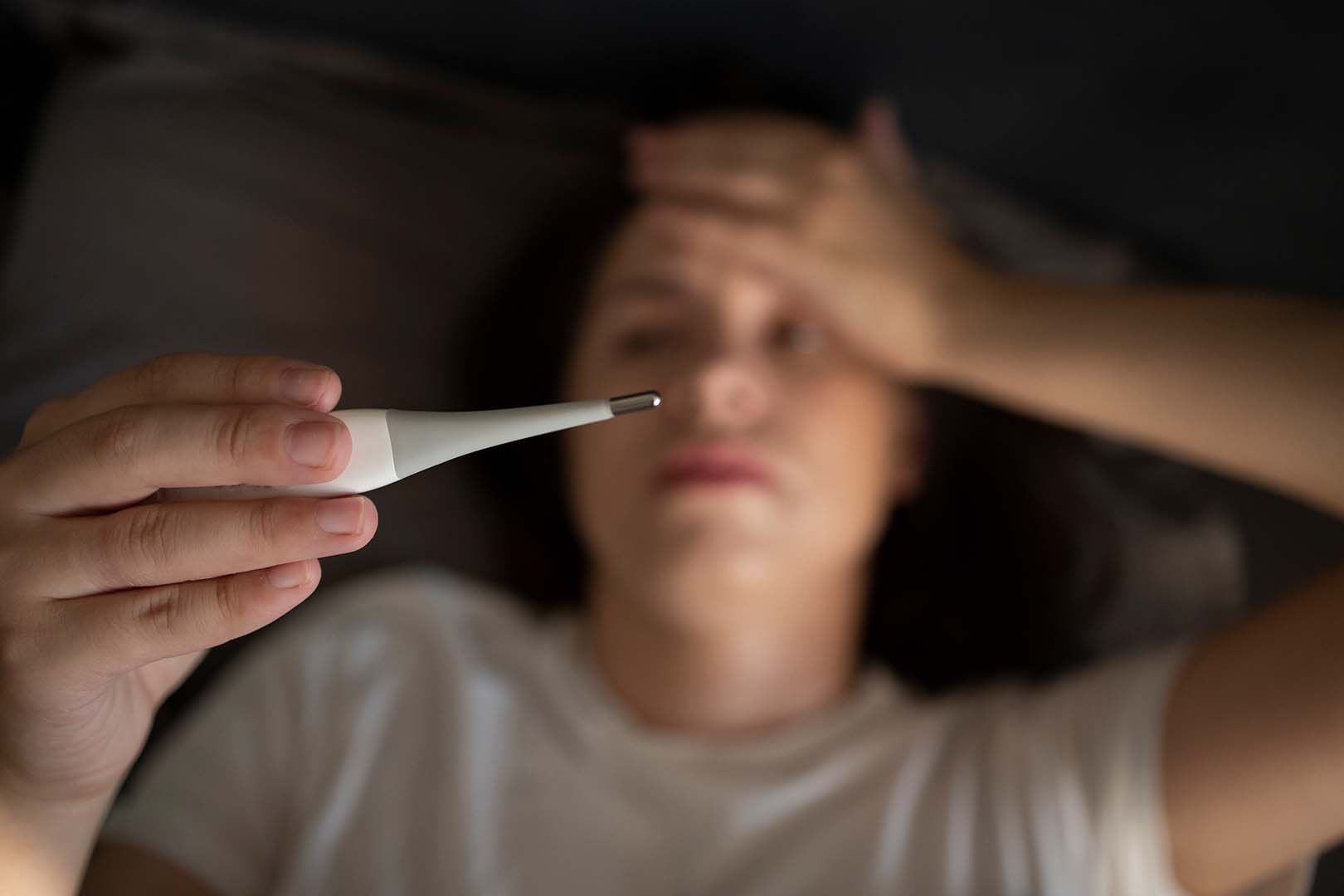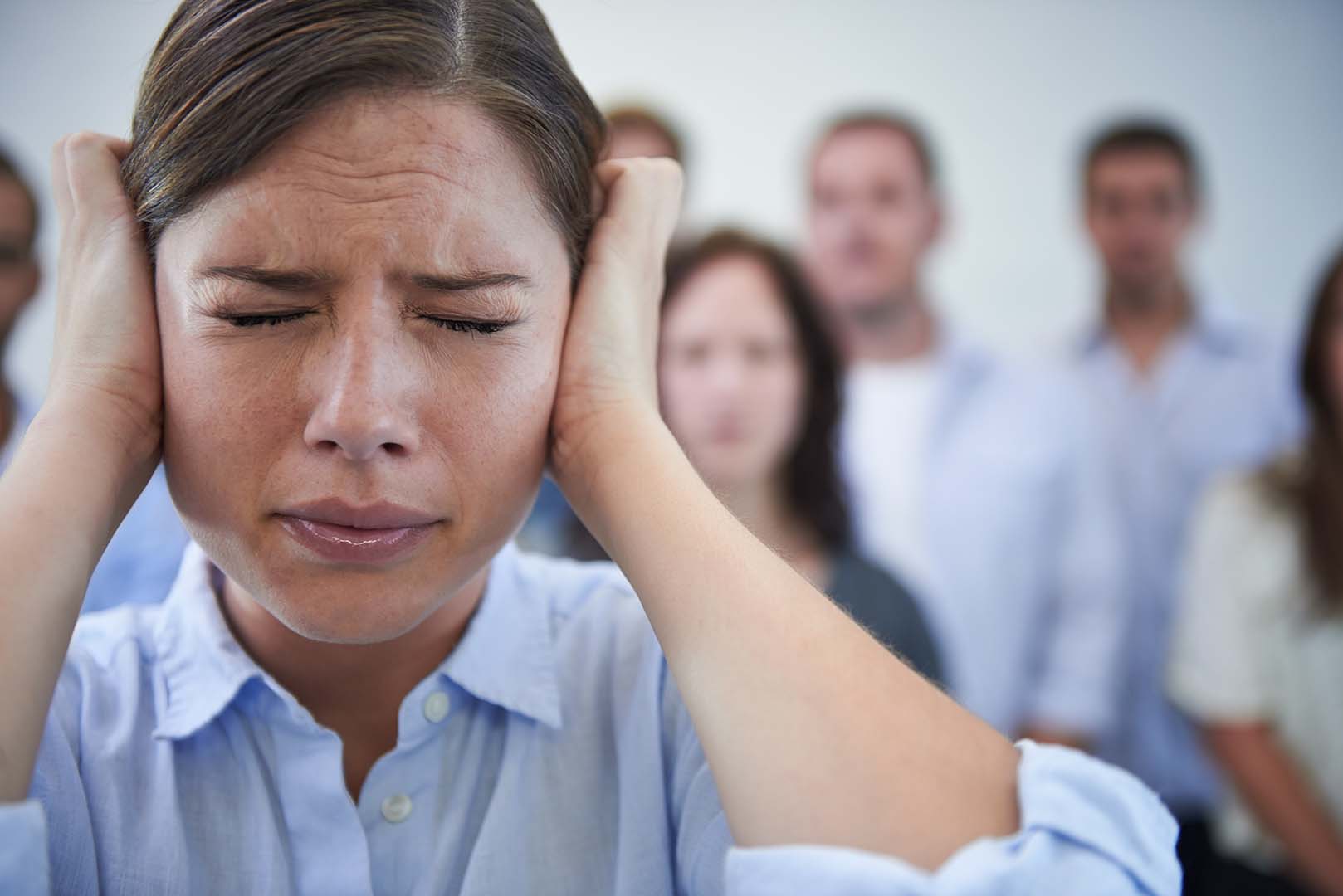Table of Contents
Have you ever felt your ears “pop” when flying or had muffled hearing during a cold? That little pop or plugged sensation is linked to a tiny yet vital part of your ear: the Eustachian tube. Though small and often overlooked, the Eustachian tube plays a crucial role in maintaining auditory health. When it functions well, you hardly notice it; when it malfunctions, you certainly will. In this article, we’ll explore how this tube works, what happens when things go wrong, and evidence-based strategies to keep your ears healthy and hearing clear.
Understanding the Eustachian Tube’s Role in Hearing
The Eustachian tube (also known as the auditory or pharyngotympanic tube) is a narrow canal (about 3–4 cm long) that connects the middle ear space (just behind the eardrum) to the upper throat and back of the nasal cavity. Most of the time, these tubes are closed. When you swallow, yawn or chew, however, muscles briefly open the Eustachian tubes, allowing a tiny puff of air into the middle ear. Why is this important? This action equalises the air pressure on both sides of the eardrum. By matching middle ear pressure with the outside atmospheric pressure, the eardrum can vibrate freely and transmit sound properly. If pressures are unequal, the eardrum becomes tense, muffling sound. In essence, the Eustachian tube acts as the ear’s pressure-regulating valve and ventilation duct – it even helps drain any normal fluids or mucus from the middle ear into the throat. This self-cleaning mechanism, aided by tiny hairs (cilia) lining the tube, helps keep the middle ear free of fluid buildup and infections. In short, a healthy Eustachian tube keeps your hearing clear by ensuring the eardrum can do its job effectively.
When Things Go Wrong: Eustachian Tube Dysfunction
Problems arise when the Eustachian tube doesn’t open or equalise pressure properly, a condition broadly termed Eustachian tube dysfunction (ETD). Imagine what happens if air can’t get into the middle ear: the pressure outside the eardrum becomes greater than inside, and it pushes the eardrum inward, making it taut. A stretched, tense eardrum doesn’t vibrate well, so sounds become dull or muffled. Many people describe it as feeling like being underwater or having ears “full of cotton wool”. You might experience a sense of fullness or pressure in the ear, and even mild pain as the eardrum is stretched by the pressure difference. Other common symptoms include popping or crackling noises, ringing in the ears (tinnitus), and occasionally mild dizziness or balance issues. Typically, both ears are affected equally, but it’s possible to have one side worse than the other. Often, symptoms fluctuate: you may get moments of relief with a pop or crackle as a bit of air enters, only for the ear to feel blocked again shortly after.
The most frequent triggers of Eustachian tube dysfunction are everyday upper respiratory conditions. The common cold is a prime culprit – congestion and mucus from a cold or sinus infection can plug up the tube or cause its lining to swell, leading to that blocked-ear feeling. Allergies (hay fever or chronic nasal allergy) are another major cause; allergic inflammation can persist for weeks or months, causing prolonged Eustachian tube swelling and congestion. Anyone who has traveled by airplane or driven up a mountain with a head cold knows how painful a poorly functioning Eustachian tube can become – the inability to equalise pressure during altitude changes leads to intense pressure in the ear (a type of barotrauma). In fact, some people have ETD only during rapid altitude changes (called baro-challenge ETD) and otherwise manage fine.
Beyond infections and allergies, irritants play a role. Smoking is a notable example: tobacco smoke irritates the Eustachian tube lining and can even damage the cilia (tiny hairs) that help clear mucus, making the tube function poorly. Smokers tend to have more chronic Eustachian tube problems; studies have found significantly higher rates of tube dysfunction in smokers, along with higher incidence of hearing loss in the long run. Other factors that can contribute to ETD include chronic acid reflux (stomach acid irritating the throat and tube), nasal polyps or enlarged adenoids (tissue that can block the tube opening), and, very rarely, tumors near the nasopharynx. Age can have an effect too: children are far more prone to Eustachian tube issues (their tubes are narrower and more horizontal, making drainage difficult), whereas adults generally have fewer ear infections. However, older adults can still experience ETD, especially if they have chronic nasal issues or significant weight changes that affect the tissue around the tube. In some older individuals, the tube may even stay too open (a condition called patulous Eustachian tube), causing one’s own voice to sound unnaturally loud in the ear – an irritating condition, though less common than blocked tubes.
Consequences of Chronic Eustachian Tube Dysfunction
Most of us have only temporary bouts of Eustachian tube dysfunction (for example, during a bad cold or a flight descent) that resolve in hours or days. But what if the dysfunction persists? Chronic or long-term ETD can have more serious implications for auditory health. When the middle ear is constantly under-ventilated, two main problems can occur: hearing impairment and risk of middle ear disease. The hearing loss from ETD is usually a conductive hearing loss – sound is physically prevented from efficiently getting through a stiff eardrum and fluid-filled middle ear. People with chronic ETD may find that their hearing remains dulled for weeks or months, which can affect communication and quality of life. Over time, persistent negative pressure can draw fluid into the middle ear space (a condition similar to “glue ear”), further dampening hearing. This fluid build-up not only muffles sound but also creates a breeding ground for infections. Indeed, long-term Eustachian tube dysfunction is a well-known factor in recurrent otitis media (middle ear infections) in both children and adults. The trapped fluid can become infected by bacteria, leading to ear pain, fever, and potential damage to the middle ear structures. Even without acute infection, chronic fluid and pressure changes can inflame the middle ear lining and stiffen the tiny ear bones over time.
Another consequence of prolonged ETD is damage to the eardrum itself. A persistently retracted (inward pulled) eardrum can become thinned and weakened. In severe cases, it can form a pocket that traps skin cells – potentially developing into a cholesteatoma (an abnormal skin growth in the middle ear) which can erode tissue. Untreated, long-standing Eustachian tube dysfunction may even lead to permanent hearing loss or eardrum perforation, especially if infections repeatedly occur. Thankfully, such serious outcomes are not common – ETD is usually more an annoyance than a dangerous condition – but they underscore the importance of addressing persistent ear problems. If you’ve had a blocked ear for more than a few weeks, or one ear keeps feeling clogged while the other is fine, it’s wise to see a health professional to rule out any underlying issues. Prompt treatment of Eustachian tube dysfunction (or its causes) can restore normal ear pressure, improve hearing, and prevent complications down the line.
Strategies for Healthy Eustachian Tube Function
The good news is that there are practical, evidence-based strategies to support your Eustachian tubes and maintain good ear health. Many of these steps are simple habits or remedies you can use in daily life to prevent problems or relieve mild symptoms:
- Keep the tubes active: Yawning, swallowing, or chewing gum can help pop your ears by opening the Eustachian tubes. When you feel pressure building – for instance, during airplane take-off/landing or driving up a high hill – try swallowing or chewing to trigger the tube to open. Don’t forcefully blow if your ears are blocked (avoid the temptation to pinch your nose and blow too hard); a gentle attempt at the Valsalva manoeuvre (exhaling softly with nose pinched) can help equalise pressure, but forceful pressure may injure the ear. Special filtered earplugs (often marketed for flying) can also slow pressure changes and protect your ears; wearing ear plugs during flights is recommended to reduce the risk of airplane ear.
- Manage nasal congestion promptly: Because a stuffy nose often leads to clogged Eustachian tubes, keeping your nasal passages clear is key. If you have a cold or sinus infection, use gentle nose-blowing and consider a saline nasal spray or steam inhalation to thin and clear mucus. In cases of severe congestion (especially before air travel), an over-the-counter nasal decongestant spray or decongestant tablet can shrink swollen membranes and help the tubes open. (Always use decongestant nasal sprays sparingly – usually no more than a few days – to avoid rebound congestion.) If you suffer from allergies, treat them consistently with recommended therapies: daily steroid nasal sprays, antihistamines or immunotherapy can reduce nasal and Eustachian tube inflammation. By controlling allergy symptoms, you remove a common trigger of ET dysfunction.
- Stay hydrated: Drinking plenty of fluids helps keep the mucous membranes of your nose and throat moist and secretions thin. Adequate hydration (about 2–3 liters of water per day for an adult, unless advised otherwise) can promote better function of the Eustachian tube by ensuring mucus drains more easily. Think of it as keeping the inner “plumbing” well lubricated.
- Avoid smoking and irritants: Smoking cessation is one of the most ear-friendly decisions you can make. Cigarette smoke irritates and inflames the Eustachian tube, damages its natural cleaning mechanism, and is linked to a higher risk of chronic ETD and middle-ear infections. Even second-hand smoke can contribute to ear problems, especially in children, but also in adults. Likewise, try to avoid other environmental irritants (excess dust, pollution, or chemical fumes) that can inflame your airways and tubes. Your Eustachian tubes will function best when your nasal passages and throat are healthy and not persistently irritated.
- Maintain overall ear and respiratory health: Good general health habits protect your ears. For example, treat colds and sinus infections promptly – rest, stay hydrated, and see a doctor if infections are severe or long-lasting. Some evidence suggests avoiding extremely rapid changes in external pressure; if you’re a diver, ascend and descend slowly and practice equalisation techniques to prevent barotrauma to the Eustachian tubes. Finally, don’t ignore persistent ear fullness or hearing loss – if an ear stays blocked for more than a few weeks despite home measures, get it checked. Medical professionals have tools like tympanometry (to measure middle ear pressure) and otoscopy to see what’s going on. In some cases, they might recommend interventions such as a temporary ventilation tube (grommet) in the eardrum to ventilate the ear, or a relatively new procedure called balloon Eustachian tuboplasty to dilate and open the tube. These treatments can dramatically improve chronic cases of ETD, though most people won’t need them if preventive care is taken.

Conclusion
The Eustachian tube may be small and hidden deep within the ear, but its impact on auditory health is profound. By equalising pressure and draining the middle ear, this tiny tube keeps our hearing clear and our ears comfortable. When it falters – due to colds, allergies, or other factors – we quickly become aware of how vital it is, as hearing dulls and pressure builds. Fortunately, understanding the Eustachian tube’s role empowers us to take action: from simple techniques like yawning and swallowing to relieve pressure, to lifestyle choices like staying hydrated and smoke-free to prevent tube dysfunction. For older adults and anyone who values their hearing, these strategies are an investment in long-term ear health. In essence, a healthy Eustachian tube means a healthier ear – and by caring for this little tube, you help protect one of your most important senses. The next time your ears gently “pop,” you can appreciate that your Eustachian tubes are hard at work, quietly guarding your sense of hearing.
References (Scientific Sources)
- StatPearls – Physiology, Eustachian Tube Function. NCBI Bookshelf, updated March 17, 2023.
- Patient.info – Eustachian Tube Dysfunction: Symptoms, Causes, and Treatment. Updated Sept 2024.
- Cleveland Clinic – Eustachian Tube Dysfunction. Health Library, last reviewed Oct 10, 2024.
- Chelsea & Westminster Hospital (NHS) – Patient Leaflet on Eustachian Tube Dysfunction, 2018.
- Pezzoli M. et al. Effects of Smoking on Eustachian Tube and Hearing. Int. Tinnitus J. 21(2):98-103 (2017). DOI: 10.5935/0946-5448.20170019.
- Norman G. et al. Systematic review of the limited evidence base for treatments of Eustachian tube dysfunction: a health technology assessment. Clin. Otolaryngol. 39(1):6-21 (2014). DOI: 10.1111/coa.12220.







